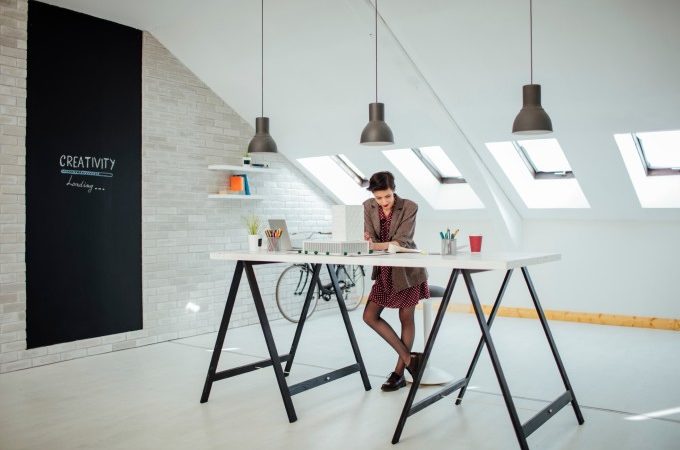
How to get workers to stop sitting and start moving
Though some might think that reduced physical demands at work would improve employee health — that more comfortable, sedentary jobs would be safer and healthier long-term — more and more research show that the opposite is true. Even with reduced heavy labor, increased automation and more advanced medical therapies, our nation continues to see a steady increase in work disability caused by low back pain. How did this come to pass? And how do we harness our nation’s increased fear that “sitting is the new smoking” and instead move toward a preventative and proactive philosophy that movement is, in fact, medicine?
The physical and economic landscape of the average American worker has seen a dramatic shift over the last several decades with increases in sitting time and a corresponding reduction in physical work demands. Roughly 55% of our waking time and 82% of our workday is spent in a sedentary state defined by low energy expenditure. The general population is becoming more obese and less active. Well-documented evidence is exposing the adverse health effects related to prolonged sitting, including increased risks of low back pain, metabolic syndrome cardiovascular disease and cancer. Even individuals who are physically active but still sit for long periods of time at work have an increased risk of mortality.
It’s abundantly clear that movement and health cannot be restricted to our free time — that active health should be prioritized in all areas of life, especially time-intensive facets, like the time we all spend at work. As chiropractors and physical therapists, we are advocates for movement and see how improvements to corporate environments can transform workers’ long-term health.
In short: Companies must address the contributing factors to sedentary working, understand the deleterious effects of prolonged sitting, and promote regular movement to prevent the long-term costs and pain associated with sedentary work- and life-styles.
So what should employers do about it?
Workplaces and workflows need to be reimagined to reduce and interrupt sedentary time while increasing active movement. An article in the Annals of Internal Medicine suggests that health risks can be reduced if an individual sits for less than 30 minutes at a time and changes up working positions. In standing, we allow ourselves more natural movement throughout the day (i.e. a step there, or a movement here) as opposed to sitting, which restricts this free flowing encouragement of movement.
Standing also requires more musculature demand, and therefore may lower the risk of metabolic diseases such as diabetes, cardiovascular disease or even certain cancers. Even if we exercise on a daily or weekly basis, sitting for long periods at a time can still compromise short and long-term health and increase risk of early mortality. Movement does not have to be significant or intensive; frequent mild shifts in body positions and walking breaks can have a profound impact on our future health.
By making simple physical adjustments to our work habits and continuing to advocate for the importance of moving more throughout the day, we can improve our nation’s public health. Movements such as the “Take a Stand” campaign used a practice-based study design in partnership with a sit-stand device manufacturer, Ergotron, to improve selected health factors of sedentary workers.
The Take-a-Stand Project found that, after seven weeks of using a sit-stand device, time spent sitting reduced by 224% (66 minutes per day), upper back and neck pain reduced by 54%, and mood states of employees improved. Widespread exposure of studies and campaigns such as these reveal the impacts of sitting in American culture and illustrate the many benefits and health solutions involved with moving throughout the day.
Every workplace should adopt the philosophy that “movement is medicine” and revolutionize their sedentary work habits. This can look like company-wide standing desk overhauls, workplace movement routines or even posture-hack classes that help us rethink our workflows away from the desk or conference table. By advocating for medical services and educational programs on or near peoples’ worksites, employees at all levels of an organization can play a role in transforming workplace health.
Employers simply should encourage employees to stand more than they sit, move more throughout the workday and take frequent breaks. Simply setting a timer every 30-60 minutes to remember to take a break will help form a habit around movement. One IT programmer at our healthcare organization even implemented a process where his computer would automatically freeze every 30 minutes to force him to get up and move. Movement training classes can promote healthy work habits across entire companies. T
The bottom line: Our bodies need movement in order to be healthy and thrive, and with more public awareness, reduced prolonged sitting, and more physical activity in our workplaces, we can transform our health for the better.
